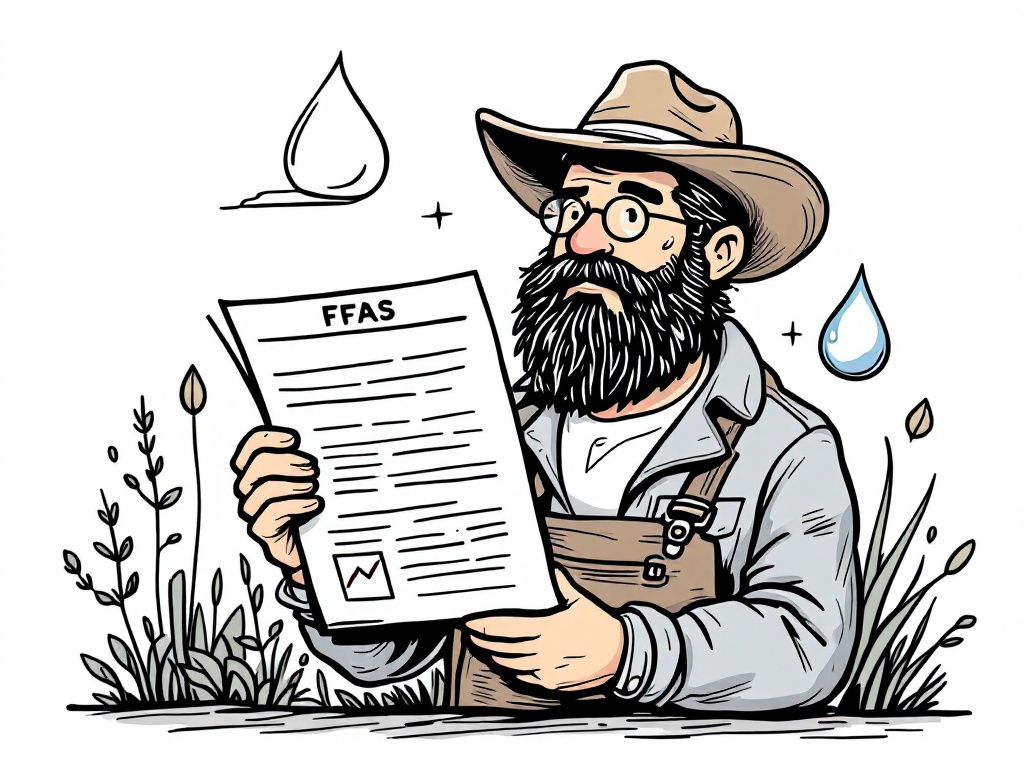EPA Highlights PFAS Risks in Biosolids Impacting Farmers

Washington D.C., Thursday, 16 January 2025.
The EPA’s new report warns of significant health risks from PFAS in biosolids used on farms, urging upstream regulation to prevent contamination of food and water supplies.
Critical Health Risks Identified
The Environmental Protection Agency’s draft risk assessment, released on January 14, 2025, reveals that PFAS chemicals in biosolids can pose serious health risks at concentrations as low as 1 part per billion [1][2]. This comprehensive analysis, focusing on PFOA and PFOS contamination, indicates that human health risks near sites with land-applied contaminated biosolids significantly exceed EPA’s acceptable thresholds [1]. Acting EPA Administrator Jane Nishida emphasizes that this assessment will guide future regulatory actions and stakeholder responses [1][2].
Impact on Agricultural Communities
While the EPA assures that the general food supply isn’t broadly at risk [2][3], specific concerns exist for communities near affected farmland. Those most vulnerable include individuals consuming fish from contaminated waters or drinking significant quantities of milk from cows grazing on affected pastures [2]. The scope of potential impact is substantial, considering that tens of millions of acres of U.S. agricultural land have historically received sewage sludge treatment [2].
Regulatory Response and State Actions
The EPA’s approach to PFAS regulation has intensified recently, with nine new PFAS substances added to the Toxic Release Inventory on January 6, 2025 [4]. Several states are taking proactive measures, with Maine and New Hampshire already adopting PFAS-related legislation, while Texas, Oklahoma, and Washington have introduced similar measures in their current sessions [1]. The EPA plans to implement technology-based limits on wastewater discharges from industrial sources through the Effluent Limitations Guidelines program [1].
Next Steps and Public Engagement
The draft assessment is now open for public comment until March 14, 2025 [1]. This initiative aligns with President Biden’s PFAS Strategic Roadmap, established in 2021, which specifically targets PFOA and PFOS [1]. Dr. David Andrews, EWG’s acting chief science officer, notes that addressing this issue ‘requires both federal and state efforts to end ongoing uses of these chemicals and to ensure that industry pollution is regulated’ [2].